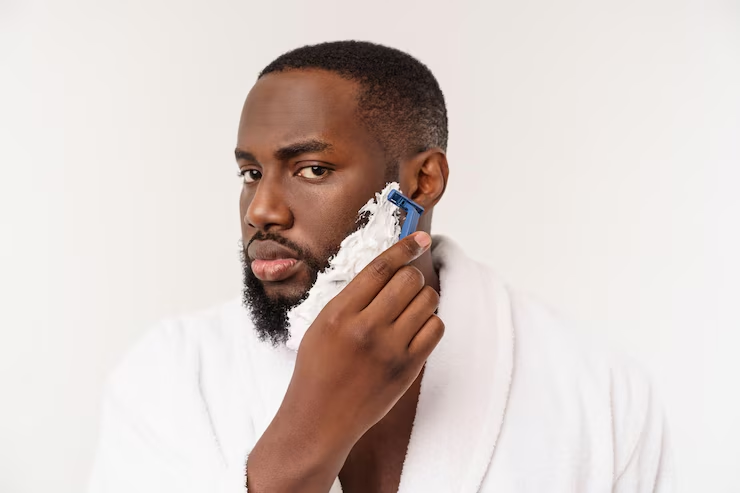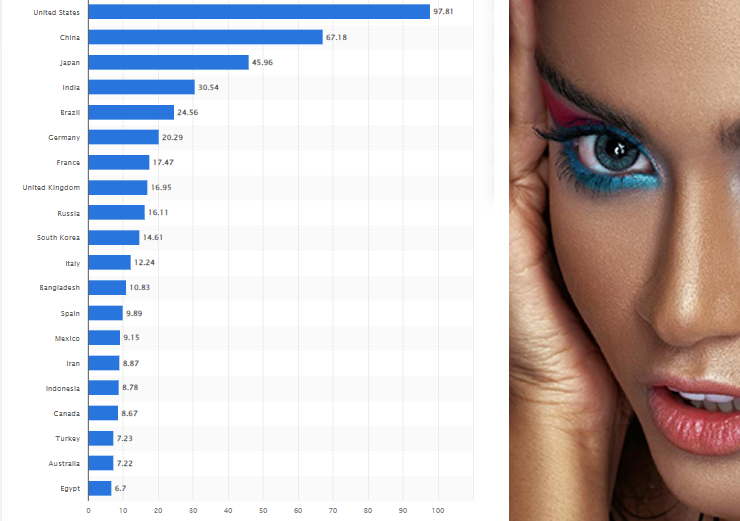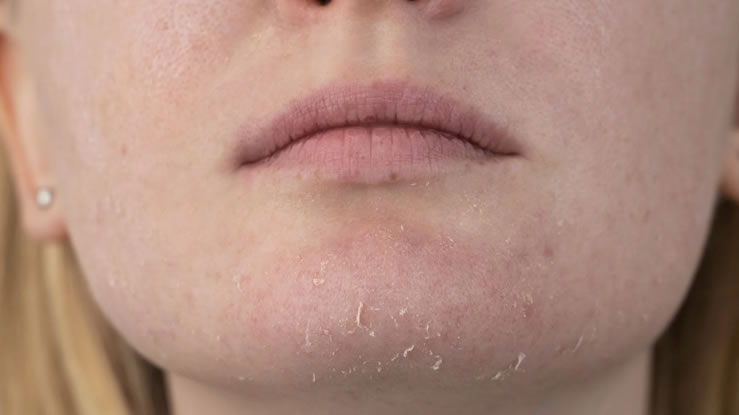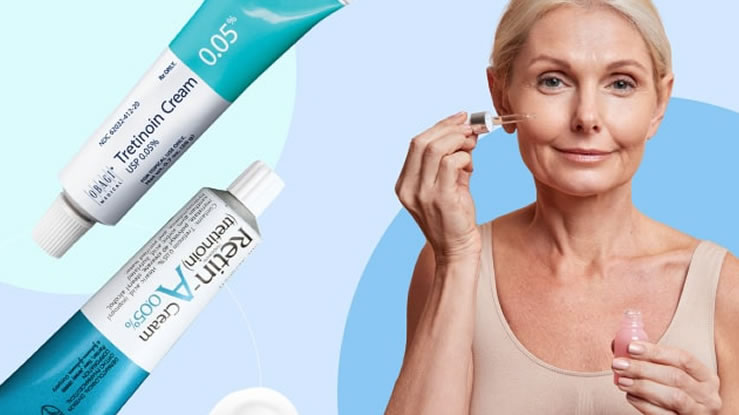Razor bumps are a common and frustrating skin issue, particularly for individuals with curly, coarse, or textured hair — a group that includes many Black men and women. Shaving irritation can lead to itchy, red, inflamed bumps that not only look unsightly but also cause discomfort and long-term dark spots and scarring.
Among the thousands of shaving products and remedies floating around, one question pops up again and again:
“Does Vaseline prevent razor bumps?”
Let’s dive into the science, benefits, risks, and real-world use of petroleum jelly (Vaseline) for preventing or soothing razor bumps. By the end of this guide, you’ll know exactly when and how to use it in your grooming routine.
What Are Razor Bumps?
Before exploring Vaseline’s role, it’s important to understand what razor bumps actually are.
🔍 Definition:
Razor bumps (medically known as pseudofolliculitis barbae) are small, irritated bumps on the skin caused when shaved hairs curl back into the skin and grow inward.
📉 Common Symptoms:
-
Redness
-
Itchiness
-
Swelling
-
Small pus-filled bumps
-
Hyperpigmentation (dark spots)
-
Skin texture changes
📌 Who’s Most at Risk?
-
People with curly or coiled hair (especially Black men)
-
Those who shave frequently
-
Individuals using multi-blade razors or shaving too closely
-
People with sensitive or acne-prone skin
What Is Vaseline?
Vaseline is the most well-known brand name for petroleum jelly, a semi-solid mix of hydrocarbons derived from petroleum. It has been used for over 150 years in skincare for:
-
Wound healing
-
Moisture locking
-
Chapped skin
-
Burns and cuts
-
Diaper rash
✅ Key Benefits:
-
Creates a protective barrier on the skin
-
Prevents moisture loss
-
Aids in skin barrier repair
-
Protects against bacteria, dirt, and irritants
But can this affordable staple truly prevent razor bumps?
Does Vaseline Prevent Razor Bumps?
The answer is: Yes and no.
Vaseline does not prevent razor bumps directly, but it can play an important supportive role in the process of soothing, protecting, and healing the skin.
Let’s break it down.
✅ How Vaseline Helps with Razor Bumps:
1. Moisture Retention
Dry, irritated skin is more prone to inflammation and razor bumps. Vaseline seals in hydration, keeping your skin soft and pliable, which is less likely to trap hairs.
2. Barrier Protection
Vaseline forms an occlusive layer that protects the skin from friction, environmental irritants, and bacteria that may worsen razor bumps.
3. Soothing Irritated Skin
Post-shave, your skin may be red, inflamed, or sensitive. Applying Vaseline helps calm irritation and prevent it from escalating into a full-blown breakout.
4. Healing Existing Bumps
Vaseline doesn’t “treat” razor bumps, but it creates a healing environment for existing bumps or ingrown hairs. It can reduce scabbing, dryness, and long-term scarring.
🧠 Fact: Dermatologists often recommend petroleum jelly post-laser, post-procedure, and for wound healing. That same logic can apply post-shave.
❌ Where Vaseline Doesn’t Help:
-
It doesn’t exfoliate: Razor bumps often need dead skin removal so the hair can emerge properly.
-
It doesn’t prevent ingrown hairs: It won’t stop hair from curling back into the skin.
-
It may clog pores if your skin is oily or acne-prone (though it’s technically non-comedogenic for most).
❗ Pro Tip: Don’t apply Vaseline on unclean skin — it can trap dirt and bacteria.
🧼 Best Ways to Use Vaseline to Support Bump-Free Shaving
To maximize Vaseline’s benefits, you need to incorporate it strategically in your grooming routine.
🔄 Step-by-Step Routine to Use Vaseline for Razor Bump Prevention
Step 1: Cleanse
Start with a gentle, non-stripping cleanser to remove sweat, oil, and bacteria.
Step 2: Exfoliate
Use a chemical exfoliant (like salicylic or glycolic acid) 2–3 times a week to remove dead skin cells that trap hairs.
Step 3: Shave Properly
-
Use a clean, sharp razor (ideally single-blade)
-
Shave with the grain
-
Use a protective shaving gel or cream
Step 4: Rinse & Pat Dry
Rinse your skin with cold water to tighten pores and gently pat dry.
Step 5: Apply a Soothing Aftershave
Optional: Use a toner or aftershave balm with witch hazel or aloe vera.
Step 6: Seal with Vaseline
Apply a thin layer of Vaseline over freshly shaved skin to:
-
Lock in moisture
-
Prevent dryness
-
Create a healing barrier
⚖️ Vaseline vs. Other Razor Bump Treatments
| Product | Function | Pros | Cons |
|---|---|---|---|
| Vaseline | Occlusive | Inexpensive, soothing, protects skin | Doesn’t exfoliate or stop ingrown hairs |
| Tend Skin | Chemical exfoliant | Fights bumps, unclogs follicles | Can sting on sensitive skin |
| Aloe Vera Gel | Soothing | Natural, hydrating | Not as long-lasting |
| Salicylic Acid Toner | Exfoliator | Prevents clogged pores | May irritate sensitive skin |
| Bevel Post-Shave Balm | Moisturizer + treatment | Designed for Black men | Higher price point |
📌 When Should You Avoid Using Vaseline?
Although Vaseline is generally safe, here are situations where you might want to avoid it:
-
Acne-prone or oily skin: It may feel too greasy or occlusive.
-
Already infected bumps: Don’t use Vaseline over open, pus-filled bumps.
-
Hot, humid climates: You might feel sticky or clogged.
-
Dirty skin: Vaseline can trap bacteria under its barrier.
❗ Always apply Vaseline to clean, dry skin — that’s the golden rule.
💬 Dermatologists’ Take on Vaseline for Razor Bumps
Most dermatologists agree that petroleum jelly can be helpful, especially as part of a wound care or healing regimen, but it should not replace exfoliation or proper shaving practices.
Dr. Charles Crutchfield, a board-certified dermatologist, explains:
“Vaseline can soothe irritated skin after shaving and help prevent long-term scarring from razor bumps. But it won’t prevent ingrown hairs unless you exfoliate and use proper shaving techniques first.”
🧪 Science Behind Vaseline and Skin Healing
Studies show that petroleum jelly speeds up wound healing by keeping the skin moisturized and protected from external irritants.
-
A 2016 study published in the Wounds journal confirmed that petroleum jelly promotes faster barrier repair after skin trauma.
-
It reduces trans-epidermal water loss (TEWL) — a key factor in inflammation and irritation.
🌿 Can You Mix Vaseline with Natural Oils?
Yes — and doing so may enhance its benefits.
Try mixing a small amount of Vaseline with:
-
Tea tree oil: Antibacterial, reduces inflammation
-
Vitamin E oil: Helps fade dark spots
-
Coconut oil: Moisturizing (great for dry skin)
-
Aloe vera: Extra soothing
🧪 Mix in small amounts to avoid overly greasy skin. A patch test is recommended.
🧔🏾♂️ Is Vaseline Good for Black Men’s Grooming?
Absolutely. Vaseline is safe, accessible, and effective for many grooming concerns faced by Black men — especially post-shave dryness, razor burn, and skin irritation.
However, it works best as part of a complete skin and beard care routine, not a one-size-fits-all miracle product.
✅ Final Verdict: Should You Use Vaseline to Prevent Razor Bumps?
Use it as a supporting tool, not your main defense.
✅ Vaseline is great for:
-
Post-shave healing
-
Moisture retention
-
Preventing irritation and dryness
-
Locking in soothing ingredients
❌ But don’t rely on it for:
-
Preventing ingrown hairs
-
Exfoliating dead skin
-
Fixing already-inflamed razor bumps
Think of Vaseline as your final layer of protection, not your only layer of prevention.
🧴 Pro Grooming Routine: Razor Bump Prevention for All Skin Types
Morning or Shave Day Routine:
-
Gentle cleanser
-
Exfoliate (2–3x/week)
-
Warm water + pre-shave oil
-
Shave with the grain using quality tools
-
Rinse, tone, and moisturize
-
Seal with Vaseline or occlusive balm
Night Routine (Optional):
-
Apply aloe vera or calming serum
-
Spot treat any bumps with salicylic acid or sulfur-based cream
-
Vaseline to seal and protect skin overnight
Vaseline may not be the magic bullet for razor bumps, but it’s a time-tested, dermatologist-approved tool to keep your skin soft, hydrated, and protected — especially post-shave. If you’re consistent with proper shaving technique, exfoliation, and skincare, Vaseline can play a valuable role in your routine.
Key Takeaway: Use Vaseline as your post-shave barrier and protector, but pair it with exfoliation, hydration, and shaving with the grain for true bump-free results.
Related Articles


















